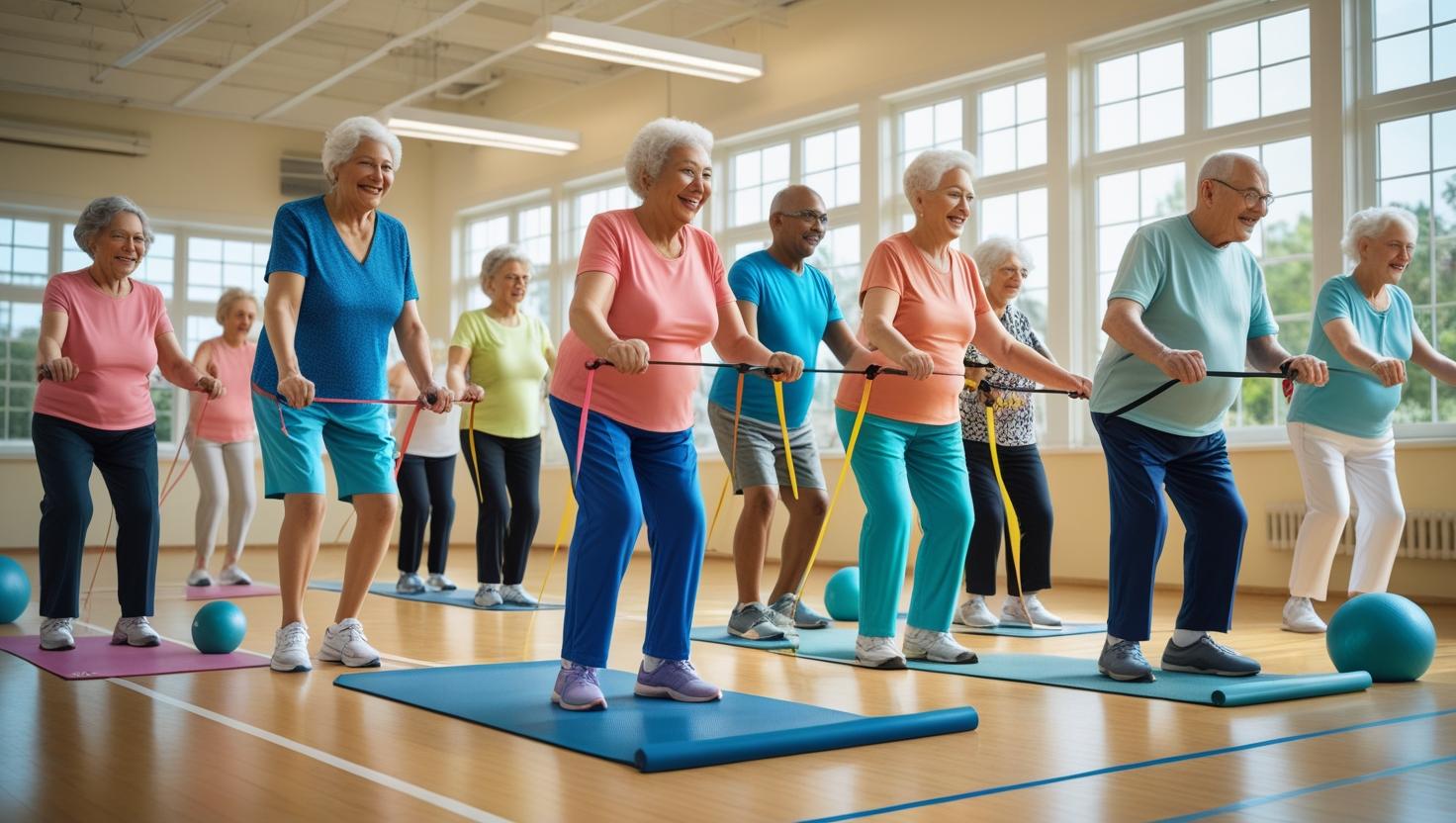
What would it take to scale investment in fall prevention programs in Tasmania and support all seniors to age safe and well?
paul advocates strongly for significant investment in community based programs to prevent falls and hip fractures in older Tasmanians. A dollar spent helping seniors get stronger today can save thousands tomorrow — and more importantly, protect independence and dignity.
paul notes this is a practical example of tackling a root cause to eliminate failure demand and avoidable costs (see Post), while protecting human dignity.
- Root cause: Weakness, poor balance, unsafe home environment.
- Failure demand: Hospitals, rehab, aged care triggered by preventable hip fractures.
- Solution: Proven community or home-based strength training and fall prevention.
- Result: Better lives, huge cost savings, less pressure on an overstretched health system.
Po: Could support and/or investment from local government in this type of program help take pressure off our state funded health systems? Like the role of local government in the delivery of immunisation services to the community (which looks very aligned to the primary care responsibilities of the Commonwealth), could local government support of fall prevention programs help take pressure off the broader health system?
The Issue: Falls & Hip Fractures in Older Australians
- Falls are the leading cause of injury-related hospitalisation and death for people aged 65+ in Australia.
- Each year, over 20,000 older Australians are hospitalised for hip fractures.
- A single hip fracture costs the health system $50,000–$70,000 (hospitalisation, surgery, rehab).
- Many older adults never fully recover — hip fractures often trigger loss of independence, nursing home admission, and premature death.
- Failure demand: These expensive hospital stays, rehab, and aged care admissions largely stem from an upstream root cause: frailty and lack of strength/balance.
Root Cause Solution: Strength Training & Fall Prevention
Evidence-based interventions:
-
Community strength and balance classes (like Strength to Strength, Stepping On or Stay on Your Feet programs).
-
In-home strength training for frail seniors.
-
Home safety checks and small modifications (grab rails, better lighting).
-
Medication reviews to remove drugs that increase fall risk.
-
Public health campaigns encouraging physical activity.
These programs improve muscle strength, balance, confidence — proven to reduce falls by up to 30–50%.
How This Prevents Avoidable Costs
Example Scenario:
-
For every 100 older people who complete a 6-month community strength program:
-
Up to 50 falls are prevented in a year.
-
For every 10 fewer falls, at least 1–2 hip fractures are prevented.
-
Preventing 1 hip fracture saves ~$60,000 in immediate health costs.
-
Scaling up:
If just 10% more older Australians did evidence-based strength training:
-
Tens of thousands of falls could be prevented.
-
Thousands of hospital beds freed up.
-
Millions saved in surgery, rehab, residential care.
Extra benefit: People stay active and independent longer, with better mental health and quality of life.
Human Suffering Avoided
- Fewer painful surgeries.
- Less fear and isolation due to falling.
- More older people living in their own homes, not aged care facilities.
- Less family caregiver burnout.
Inspiration: Australia’s Stepping On Program
- Stepping On is a community-based program that combines group strength and balance training with education on safe mobility.
- Independent evaluations in NSW and WA show a 31% reduction in falls among participants.
- Some local health districts report a return on investment of 4–5 times — every $1 spent saves $4–$5 in avoided hospital and aged care costs.





